Being a detective is hard work. I would know, I’ve played so much Ace Attorney, Batman and LA Noire. Surely that counts for something. But despite all this experience with all these different kinds of detective games, I’ve never seen something like Master Detective Archives: Rain Code. It’s a zany and kooky take on a formula that I’m very familiar with, but it does things differently enough that it enthralled me from beginning to end.
Master Detective Archives: Rain Code takes place in the Kanai Ward, a city overtaken by the ominous and authoritarian Amaterasu Corporation. The population is more or less dominated by the weight of the corporation’s power, with people not being allowed to leave the city. They’re everywhere, too – almost all goods and services are provided by Amaterasu, but rumours suggest they’re responsible for the rain that never stops pouring in Kanai. It’s an almost perfect setting for a dark but kooky detective drama, and that’s capitalised on pretty well with the story in Rain Code.
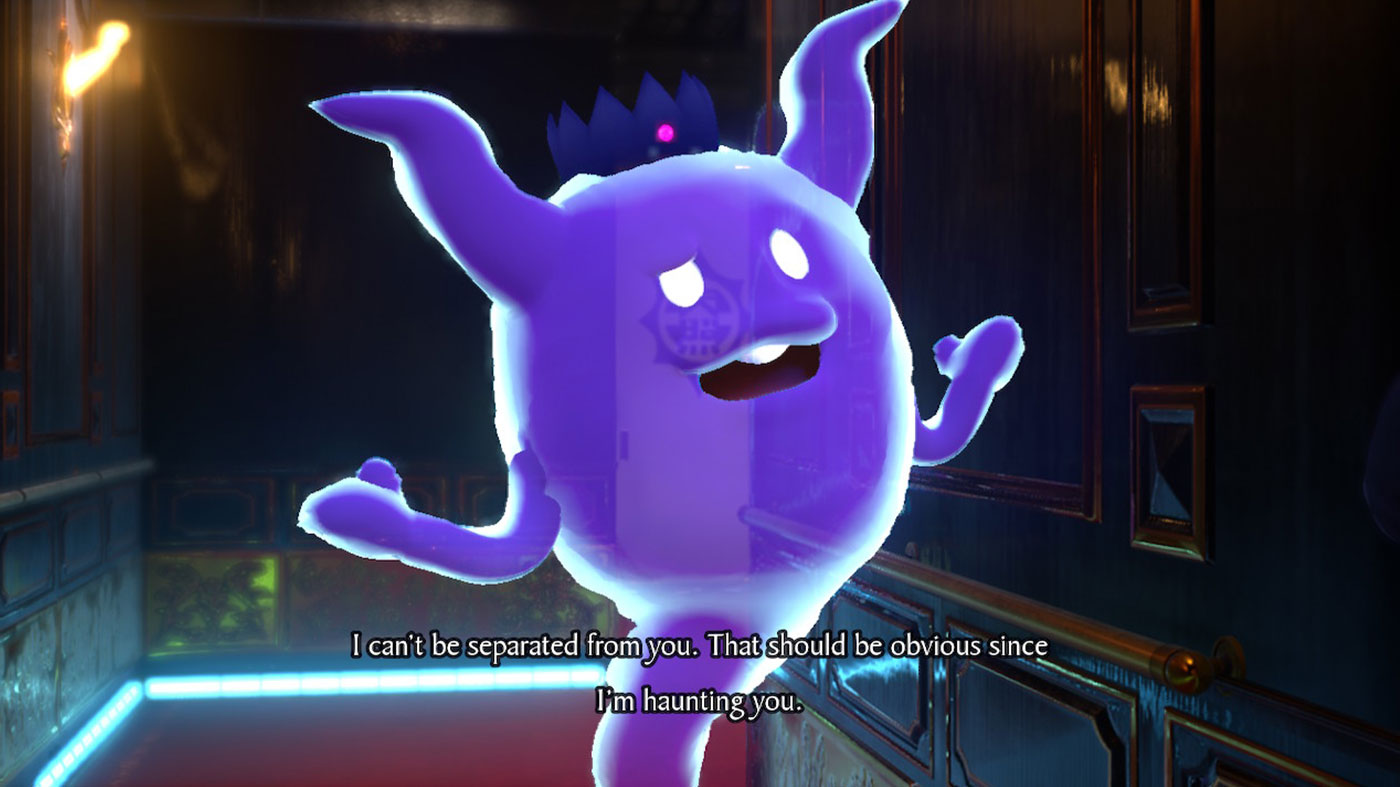
You play as Yuma Kokohead, a detective who awakens onboard an Amaterasu-owned train with no memory of who he was or is now. All he knows is that he’s bonded with Shinigami, a cheerful death god with a twisted sense of humour who haunts him as part of a pact made before Yuma lost his memory. To make matters worse, he’s been accused of murdering everyone on the train. To clear his name, he must prove his innocence to the Amaterasu Corp’s ironically named Peacemakers unit.
Of course, there’s more to it. As you begin to work with other detectives in the area to solve crimes, you’ll not only find mysteries to uncover but that Amaterasu is perhaps more of a presence in the city than they’re letting on. It’s an engaging story from beginning to end, and while there’s nothing too outlandish about the individual cases of each chapter, the overarching story can get pretty wild and goes in some unexpected places. Regardless, the most important thing with a game of this ilk is getting the story and pay-off right, and Master Detective Archive absolutely nails it.
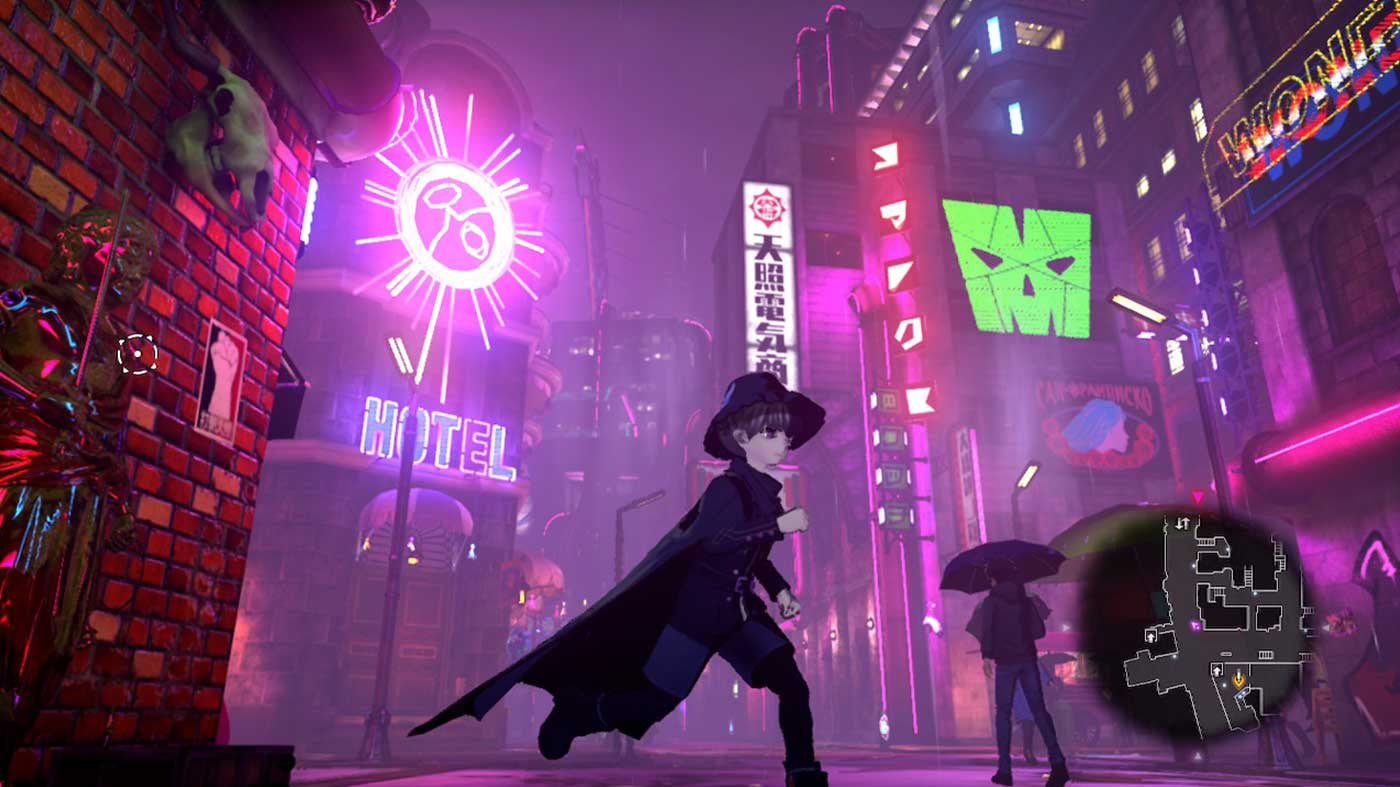
You’d expect nothing less from the minds that brought us games like Danganronpa and Zero Escape. Master Detective Archive feels like a natural progression of those games – a visual novel with more interactivity that lends the experience a more interesting and engaging style. Imagine if Ace Attorney and Danganronpa (somehow) had a child, and the Persona team dressed it. That’s what Master Detective Archives: Rain Code is. It’s equal parts mystery and adventure dripping in a style that, while liberally borrowing from Persona, is a joy to play. You’ll move from area to area to collect clues and eventually solve crimes and mysteries, but it’s the way Rain Code carries itself that separates it from the rest.
THE CHEAPEST COPY: $69 AT AMAZON WITH FREE SHIPPING
In each chapter, Yuma and Shinigami are paired up with a detective from the agency and given a case to investigate. As you progress, Shinigami will file all of your evidence as “solution keys”, which will be helpful later. You’ll speak to people involved in the case, investigate the crime scene and chat with your assistant to work out theories about what happened. While these sequences are the most typical of the whole experience, they’re never too tiring and feel appropriate in length.

The city itself is explorable from the get-go, though it’s not quite as open or sprawling as other open worlds players are probably accustomed to. At first, I wasn’t even sure it was necessary, but I realised something after time. Just physically controlling Yuma as he explores the city and uncovers clues is much more engaging than running through dialogue, menus and static background images like other games do. Hearing Shinigami or Yuma speak about their own thoughts on the case while they do so is also a nice touch.
Your investigations are often aided by a partner with a “Forte” that they’ve honed since becoming a master detective. These are all kinds of whacky abilities – someone can summon the soul of a dead person, but only if they’re wearing that person’s clothes. Others can see how the scene of the crime looked when it was first discovered by the first witness. One can even turn back time, but only once. Not all these powers get equal amounts of screen time (and you’ll see why once you play), but they add a nice twist to the investigations.
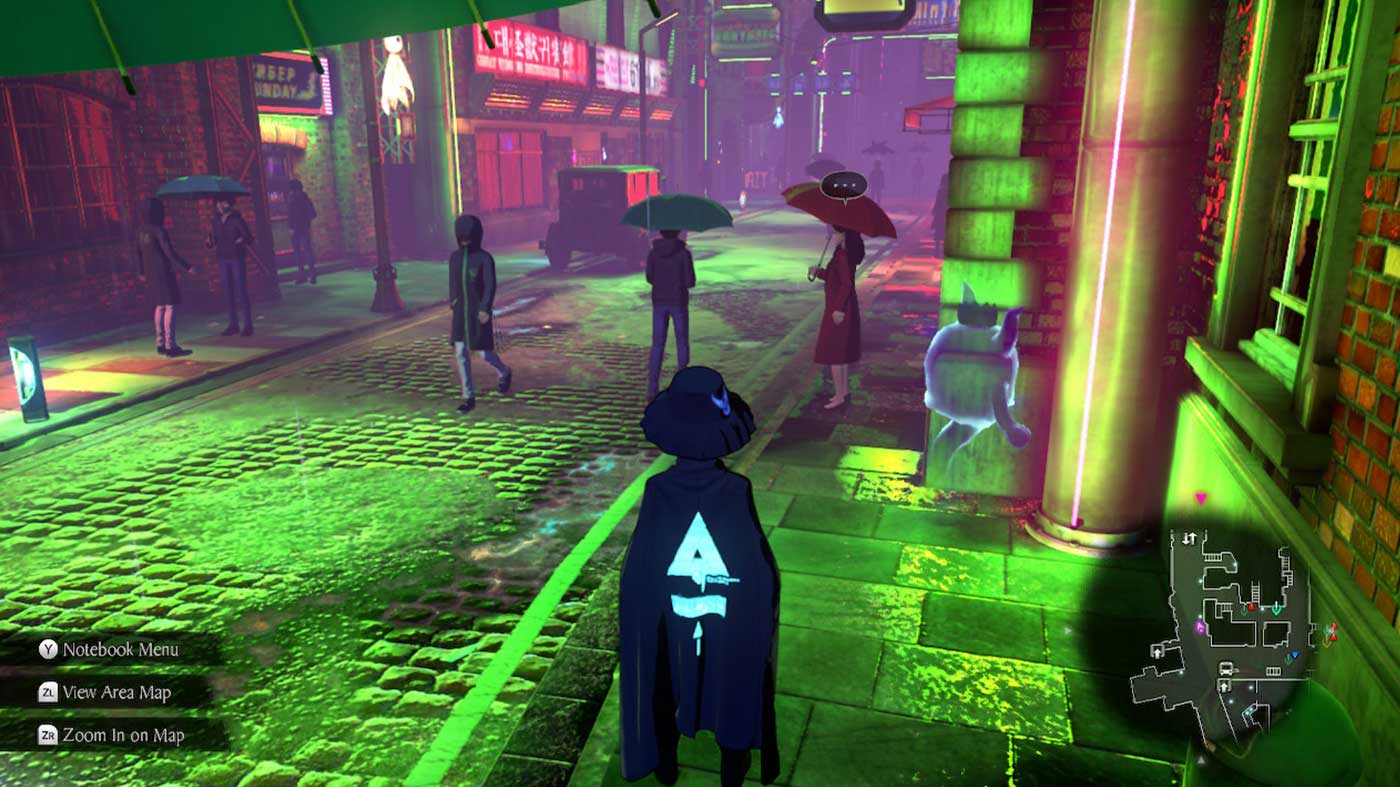
See, these powers aren’t used actively, per se. Instead, each of the powers provides a twisted sense of logic you’ll have to learn and accept to make deductions about each case. For example, Halara Nightmare’s ability only allows you to return the crime scene to how it looked when first discovered. You don’t actively use this ability, but you incorporate your knowledge of how it works into making your deductions and working out who actually saw the crime scene first based on interviews and such. It’s an abstract way to keep things interesting – as each case is underpinned by logic determined by the powers your assistant has access to – and it never gets old.
Even more unexpectedly, you do most of your deductions in the mystery labyrinth. At key points throughout the story, you’ll be able to enter the mystery labyrinth for your case and finally unravel the mystery posed to you. It’s like a metaphysical world where the investigation process is turned into a dungeon of sorts – each line of questioning is represented by a different corridor to travel down in the labyrinth. You’ll also run into phantom versions of people in the real world hindering your case and engage in Reasoning Death Match with them. You’ll have to load your weapon with the solution keys discussed earlier to strike down their arguments as they literally spit them at you to defeat them in battle.
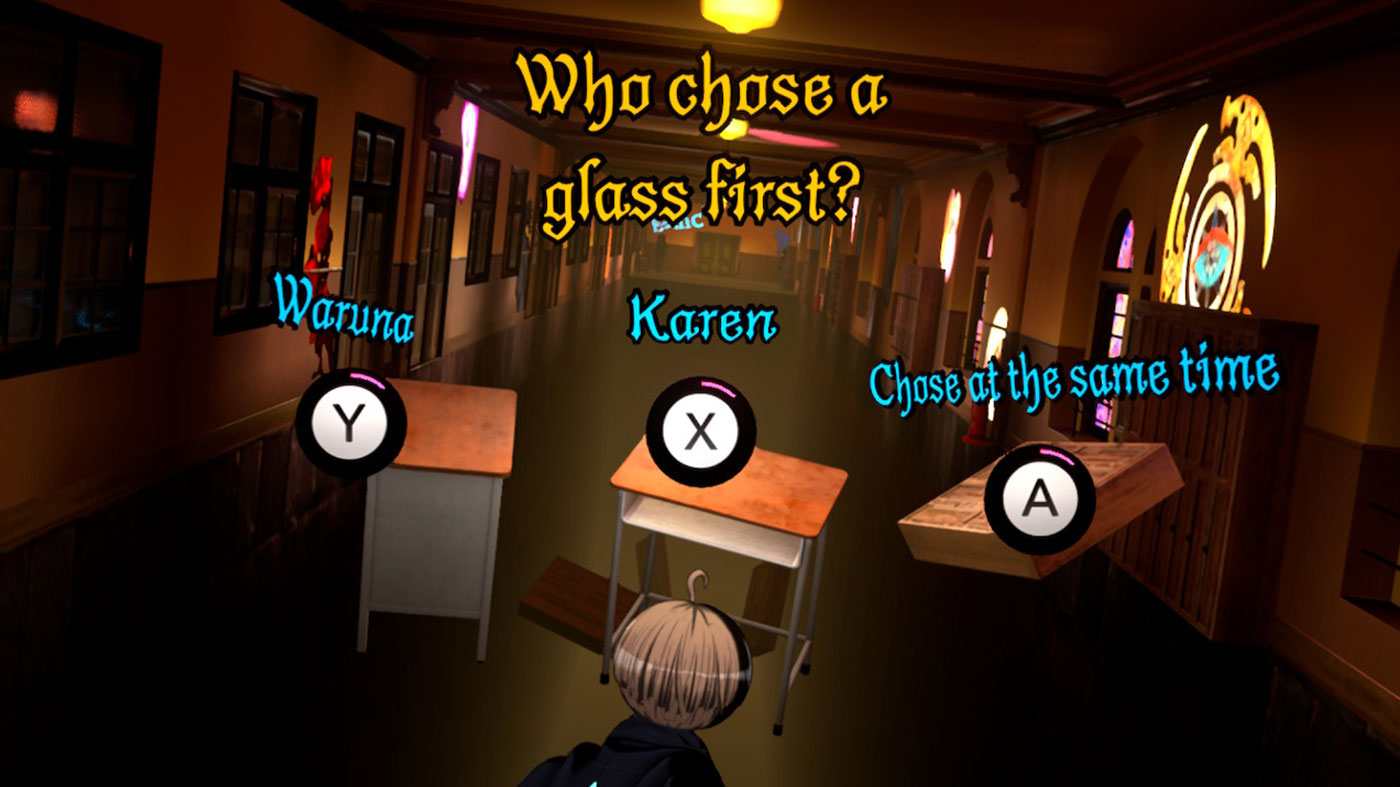
It’s a whacky way to present what would typically be a courtroom or trial situation in this type of game, but it pays off. While similar in visual style, every labyrinth has a mix of minigames and objectives thrown into each one to keep things interesting. Some are as simple as QTEs; others require you to choose an option out of three, with only one leading to the next room. There’s a lot done in the labyrinths to keep the unravelling of the mysteries fascinating, and every one of them even plays with the expectations set by them before, offering up the variety that would otherwise stagnate this format.
Being a story-based game, there’s not much to do once the credits roll. But that doesn’t matter – Master Detective Archive’s thirty-hour-plus runtime is more than satisfying to experience and doesn’t leave you feeling shortchanged. There are optional collectibles to find through clues given to you in the Kanai Ward that unlocks conversation scenes between Yuma and the other detectives, further fleshing out the game world. But beyond that, it’s a one-and-done affair.
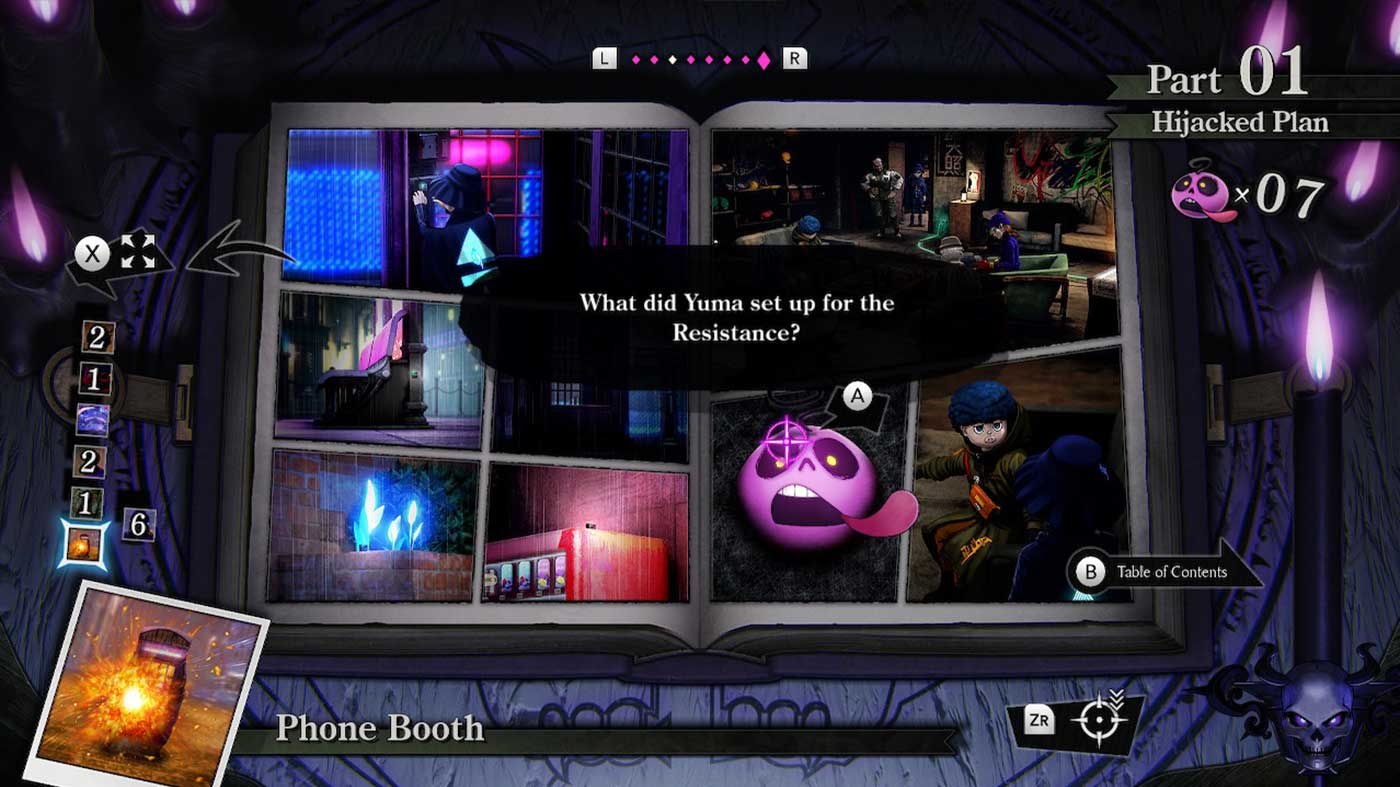
Of course, we can’t talk about a Switch game without speaking about performance. Unfortunately, Master Detective Archive does not buck the trend. Running on Unreal Engine, you probably know what to expect from any game that looks this good running on the Switch. Lots of shimmering and lots of framerate drops are apparent here. It’s a bit fortunate that Master Detective Archive is so immaculately presented. The art direction, affectionately coined “psychopop” by its creator, is equally horrifying and colourful. It’s a really good looking game constrained by the aging hardware of the Switch, but such strong and distinctive art direction gets it over the finish line for me.
Similarly, the game’s audio presentation is also stellar. For one, I’d estimate over 90% of the dialogue is voiced and voiced well. Some dramatic scenes towards the end of the game are just perfectly played out. To have a game of the scope and scale of something like Danganronpa or Ace Attorney, but fully voiced, is honestly so impressive. But to have the entire cast turn in great performances with such a large cast with individual quirks and idiosyncrasies is even more so. Shinigami is easily the standout here. She’s equal parts horny and aggressive and I adore the way she brings so much levity to some of the darker scenes. She’s the gem in this already shining crown of voice actors.
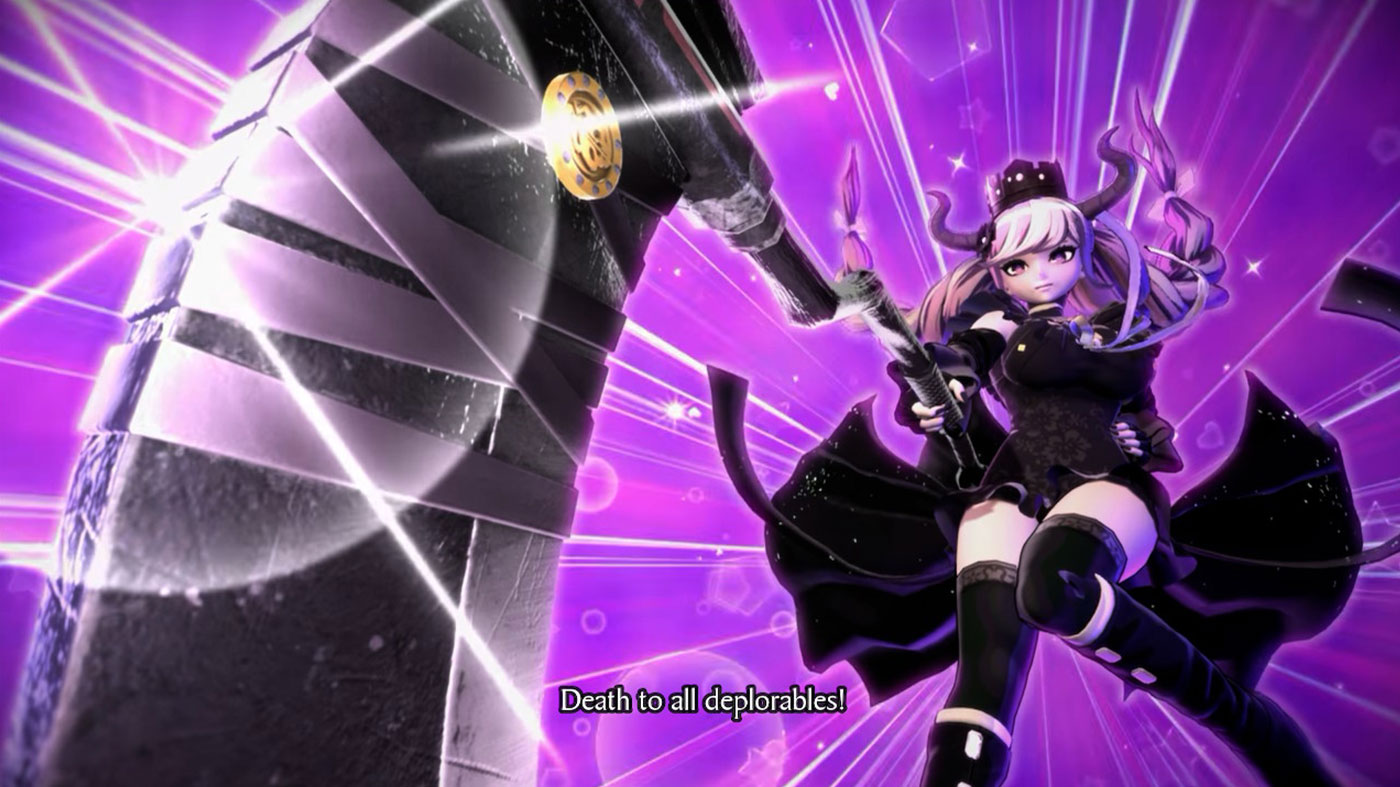
The score matches the eclectic nature of the game’s presentation, making a melding of rock, techno and jazz that perfectly complements the drama of the game’s lengthy cutscenes. My only gripe here is that I feel like too many tracks are used too repetitiously, but otherwise, it’s a strong soundtrack and one that absolutely gets the heart beating during the more intense moments of the story.




